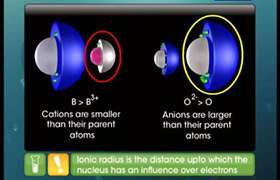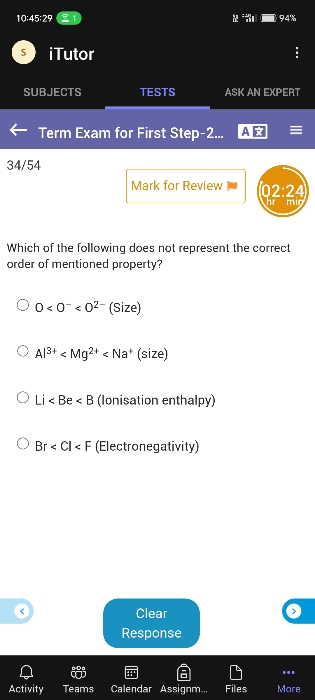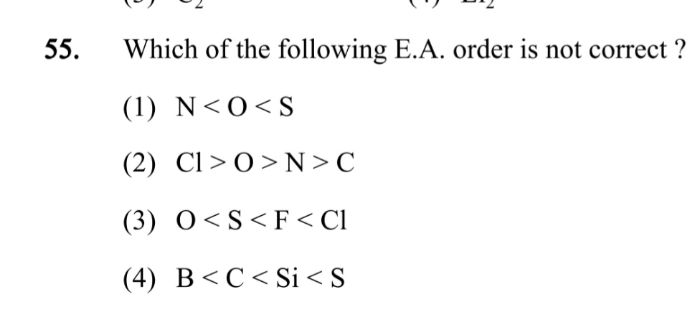CBSE Class 11-science Answered
Lanthanoid Contraction:
The regular contraction (decrease in the size) of the atoms and ions with increasing atomic number is known as lanthanide contraction.
The steady decrease in the atomic and ionic radii of the transition metals as the atomic number increases. This is because of filling of 4f orbitals before the 5d orbitals. This contraction is size is quite regular. This is called lanthanoid contraction. It is because of lanthanoid contraction that the atomic radii of the second row of transition elements are almost similar to those of the third row of transition elements.
Thus, the regular decrease (contraction) in the size of the atoms and ions with increasing atomic number is known as lanthanide contraction.






